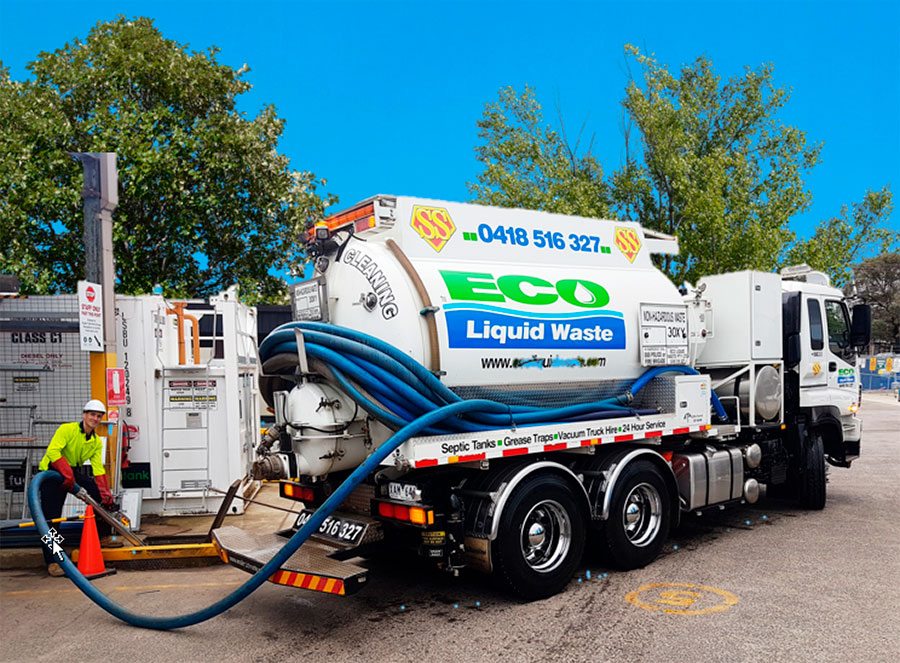Excitement About Reclaim Waste
Excitement About Reclaim Waste
Blog Article
Getting The Reclaim Waste To Work
Table of Contents5 Easy Facts About Reclaim Waste DescribedThe 5-Second Trick For Reclaim WasteIndicators on Reclaim Waste You Need To KnowThe 9-Minute Rule for Reclaim WasteHow Reclaim Waste can Save You Time, Stress, and Money.
Residential sewer waste refers to the waste and products from a household septic tank. The appropriate monitoring and disposal of domestic sewage waste need fluid waste to be transferred to a sewage treatment plant where the appropriate approaches and equipment are applied to cleanse and dispose of waste.
Business waste often includes prospective hazards, such as flammable products or a mixture of liquid and solid waste items, and calls for an advanced and in-depth disposal process. The disposal of industrial waste typically entails the filtration of waste before transportation to make certain safe and proper disposal. Hazardous waste is created from by-products and overflow of industrial processes and production.
This type of waste can not utilize the exact same sewer monitoring transport or procedures as septic or business fluids. The hazardous waste management procedure calls for the examination and screening of fluid waste before it undergoes the disposal procedure (industrial wastewater treatment). Drainage waste is the fluid waste that comes from runoff and excess stormwater in highly populated locations or cities
Drainage waste can create contamination and flooding otherwise managed effectively. Find out a lot more regarding drain cleaning and waste monitoring. Ensuring correct waste administration can stop catastrophes and reduce ecological injury. Both individuals in domestic settings and professionals in industrial or production markets can benefit from understanding the procedures and policies of liquid waste monitoring.
Reclaim Waste - The Facts
Call PROS Services today to learn more about our waste management and disposal services and the correct ways to take care of the fluid waste you produce.
(https://www.huntingnet.com/forum/members/reclaimwaste1.html)This supposed 'wastewater' is not only a crucial resource however, after therapy, will certainly be released to our land, rivers or the sea. Utilized water from commodes, showers, baths, cooking area sinks, laundries and commercial processes is understood as wastewater.

water used to cool down equipment or clean plant and devices). Stormwater, a kind of wastewater, is runoff that streams from farming and city areas such as roof coverings, parks, gardens, roadways, courses and gutters right into stormwater drains pipes, after rain. Stormwater moves unattended directly to neighborhood creeks or rivers, eventually reaching the ocean.
Reclaim Waste Fundamentals Explained
In Queensland, most wastewater is treated at sewage treatment plants. Wastewater is delivered from residential or industrial websites with a system of sewers and pump terminals, recognized as sewerage reticulation, to a sewage therapy plant.
The Department of Natural Resources recommends city governments concerning handling, operating and maintaining sewerage systems and therapy plants. In unsewered locations, regional governments might need homeowners to install specific or family sewage therapy systems to treat residential wastewater from bathrooms, kitchen areas, shower rooms and laundries. The Division of Natural Resources authorises using house systems when they are confirmed to be efficient.
In some new subdivisions, treatment of some stormwater to eliminate clutter, sand and gravel has actually begun utilizing gross pollutant traps. Wastewater therapy occurs in 4 stages: Removes strong matter.
Wastewater then streams right into large storage tanks where solids resolve and are removed as sludge. Grease and residue are skimmed from the surface area. Uses little living organisms referred to as micro-organisms to damage down and get rid of staying liquified wastes and great particles. Micro-organisms and wastes are integrated in the sludge. Eliminates nitrogen and phosphorus nutrients that could create algal blossoms in our waterways and endanger marine life.
All about Reclaim Waste
Nutrient elimination is not readily available in any way sewer treatment plants since it needs costly specialised equipment. It is becoming more usual in Queensland. Clear fluid effluent created after treatment may still contain disease-causing micro-organisms. If this effluent is launched right into waterways such as rivers or the sea, the micro-organisms will eventually pass away out.

Most wastewater moves into the sewerage system. Under the Act, neighborhood governments carry out approvals and permits for eco appropriate tasks (ERAs) including wastewater launches that might have a regional impact.
Getting My Reclaim Waste To Work
Monitoring offers factual information about water quality and can confirm that licence problems are being fulfilled. The details gotten via surveillance gives the basis for making water top quality choices.
Report this page